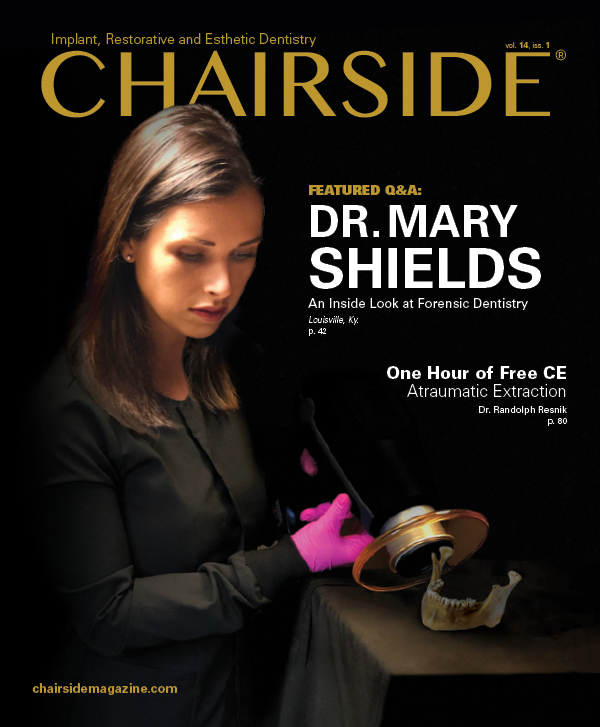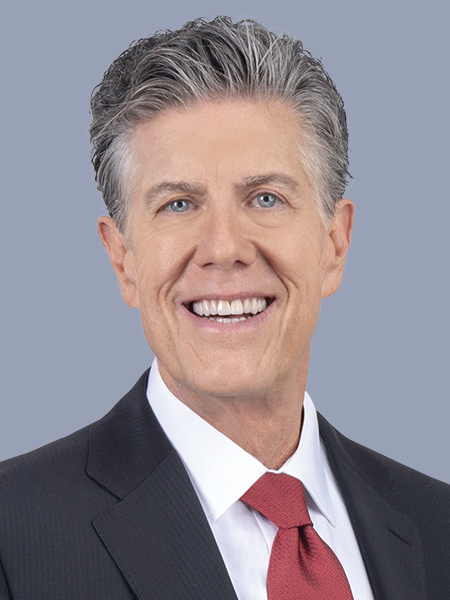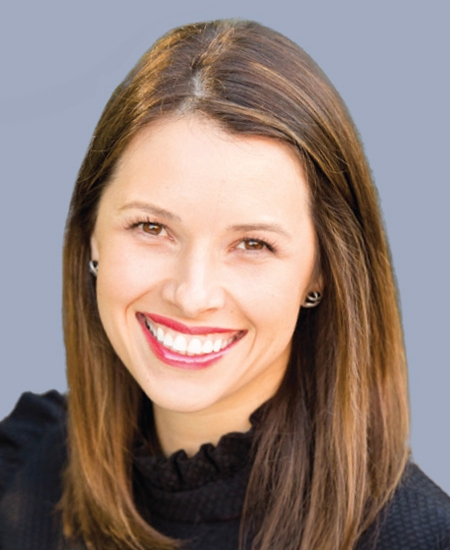The Challenges and Rewards of Forensic Odontology
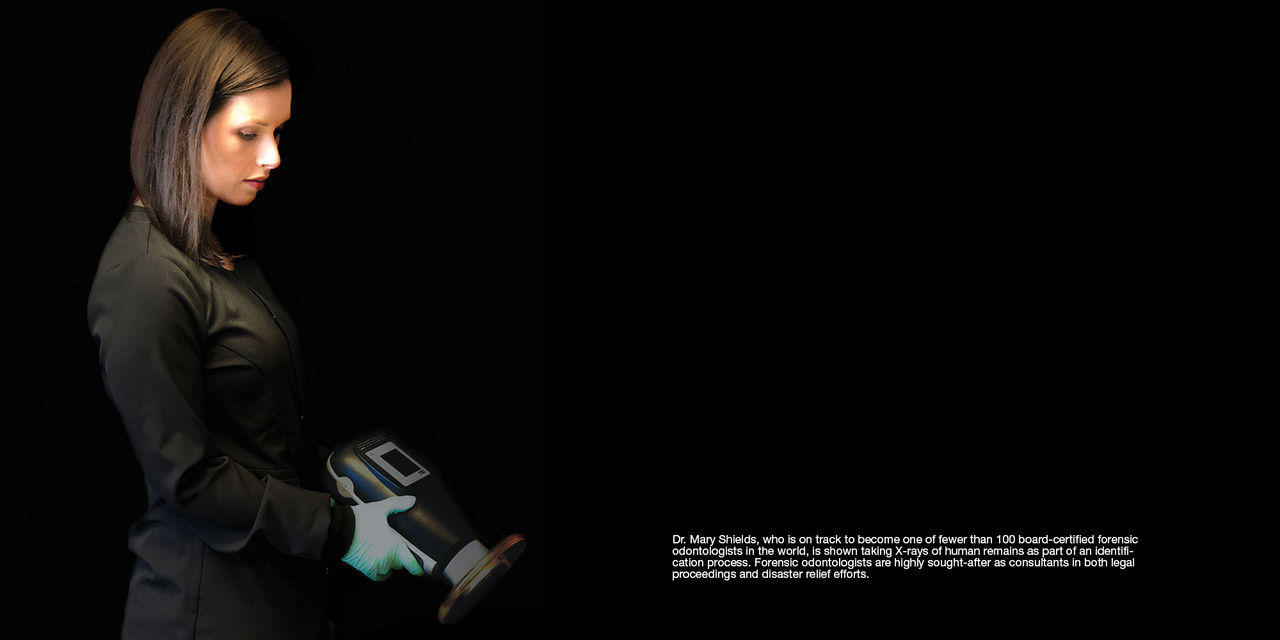
Clinicians working in the field of forensic odontology specialize in applying dental science to legal investigations. They are often called upon to lend their expertise to help identify human remains after natural disasters, accidents and violent crimes. In these situations, forensic dentists provide emotional closure, justice in the legal system, and sought-after information to victims of crime and their loved ones.
Dr. Mary Shields is well aware of the rewarding aspects of forensic odontology. Dr. Shields, who also provides general dental services to her patients at Triple Crown Dentistry in Louisville, Kentucky, is an associate member of the American Academy of Forensic Sciences (AAFS) and a member of the American Society of Forensic Odontology (ASFO). Through these organizations, she works hard to serve her community by identifying human remains with the help of dental records.
Recently, Dr. Shields solved one such forensic identification case by working directly with Glidewell Dental to help bring information and closure to a family. Dr. Neil Park sat down with Dr. Shields to discuss the case, as well as her career and the field of forensic odontology as a whole.
DR. NEIL PARK: Please tell us about the recent identification case in which you called upon Glidewell Dental for help. What was the situation, and how did you go about solving it?
DR. MARY SHIELDS: It involved an unidentified person whose skeletonized remains were recovered in Kentucky. Local law enforcement had been searching for a missing young man in the area, and they believed that these may have been his remains.
Typically, forensic odontology relies on dental records for comparison in these situations. But in this case, there weren’t any traditional dental records available. There was only a scarce amount of dental work done on the person whose remains were found, but he had, at one point, received a full zirconia restoration on tooth #19. The restoration had survived and was recovered along with his skull.
The family of the missing young man indicated that he had received a crown in the past. Unfortunately, they could not recall the name of the dentist who had placed it, so there were no means of accessing dental records to make the match. At this point, I was called in to help.
Because I work with Glidewell Laboratories on a regular basis in my general practice, I am very familiar with their products, and I was able to determine that the surviving restoration was a zirconia crown. Knowing that Glidewell is the No. 1 provider of BruxZir® crowns, I contacted them to see if they might be able to help me make the match. Working backwards, I was able to gather information from Glidewell, which led me to the dentist who had placed the young man’s BruxZir restoration. This led me to the patient’s dental chart, which allowed us to make a positive identification of the remains.
Without the assistance from Glidewell, this person’s family may have had to wait quite some time before finding closure due to the limited information that was available for identification other than that dental crown. Thankfully, our combined efforts were successful and the family was able to give their son a proper burial.
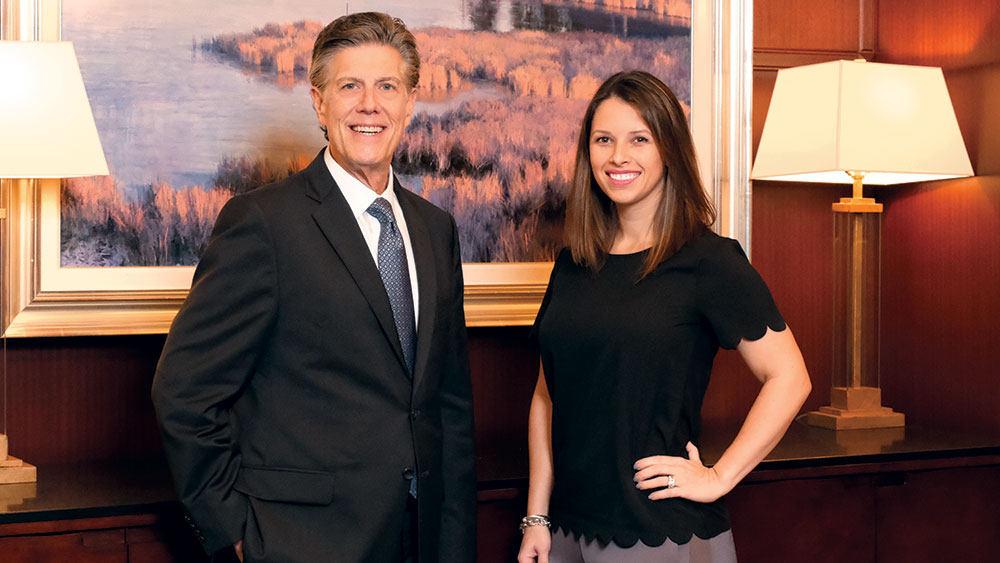
Dr. Shields, who recently called upon Glidewell Dental for help in solving a missing-person case and bringing closure to a family, sat down with Dr. Neil Park to discuss the case and her career as a forensic odontologist.
NP: That’s an incredible story. I would think that being able to help people — in this case, the family — has to be one of the main reasons one might choose to go into forensic odontology.
MS: Helping others is what drives me, both in forensic odontology and in general dentistry. Whether it is a cosmetic makeover consisting of veneers and facial esthetics, or helping a family find closure with forensic dentistry, my favorite work as a dentist involves the cases that are fulfilling and meaningful.
NP: You mentioned that you knew you wanted to become a dentist even when you were very young. What aspects of the field piqued your interest at such an early age?
MS: I was fortunate enough to have a very kind and patient pediatric dentist as a child. I loved the dental office and was fascinated by procedural setups and each instrument, material and process. I was a regular at the office and each positive experience was memorable and led me to eventually pursue dentistry as a career.
Whether it is a cosmetic makeover consisting of veneers and facial esthetics, or helping a family find closure with forensic dentistry, my favorite work as a dentist involves the cases that are fulfilling and meaningful.
NP: Once you reached your goal of becoming a general dentist, what factors motivated you to explore forensic odontology?
MS: I went to dental school at the University of Louisville, where I was taught by oral pathology professor Dr. Mark Bernstein, who is the only board-certified forensic odontologist in Kentucky. He included forensic dentistry in his lectures, and he was generous enough to allow me to shadow him on a few forensic cases.
NP: That sounds like a great opportunity to learn about this field. What parts of that experience interested you most and made you decide to pursue things further?
MS: First and foremost it was, of course, the experience of helping families gain closure through identification of their loved ones. Really, I would say that’s 95 percent of my work as a forensic odontologist: identifying remains.
There were also several interesting cases that I was able to experience during the shadowing process. For example, I had an opportunity to assist Dr. Bernstein with a human bite-mark case, which was part of the evidence in an abuse case. That was certainly memorable, and it gave me a different perspective on things. It illustrated the fact that in addition to doing dental identifications, I would also be working on pattern injury cases and related situations, which is also a very important part of what we do.
NP: It sounds like working with Dr. Bernstein was a large part of what shaped your decisions early in your career, and was a great experience.
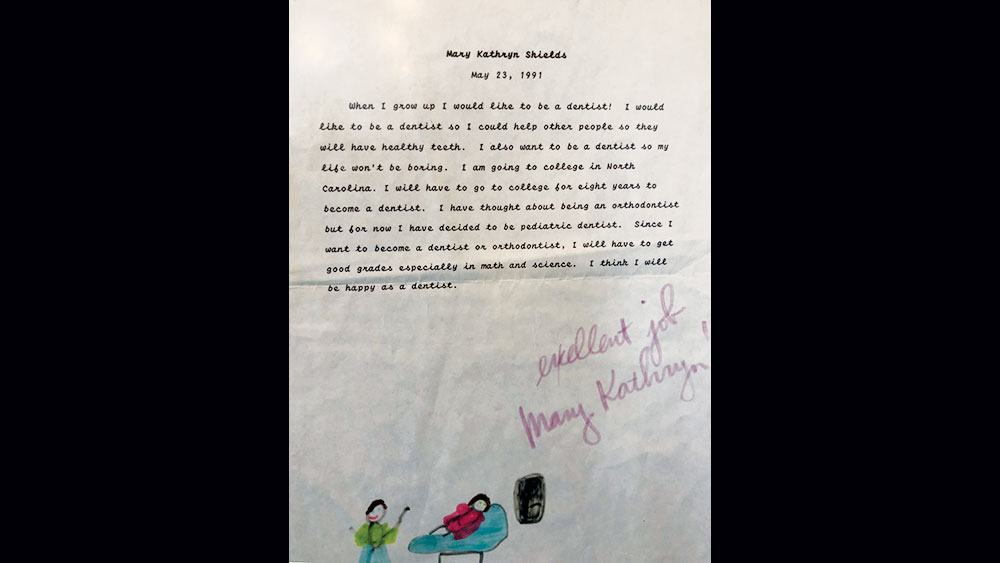
Dr. Shields was interested in dentistry and attracted to the field even in elementary school. A positive relationship with her own pediatric dentist, along with a fascination for the methods and processes involved, sparked her early commitment to the career.
MS: It absolutely was. I have followed in his footsteps for more than six years now, and I am well on my way to obtaining American Board of Forensic Odontoogy (ABFO) certification of my own. The path is intense, but I look forward to joining an elite group by becoming one of fewer than 100 board-certified forensic odontologists in the world.
NP: That’s quite a distinction.
MS: Thank you. And yes, I’ve completed most requirements and expect to sit for the board in 2020.
NP: Do you foresee the nature of your forensic work changing once you complete the certification? I know that you also have a busy dental practice.
MS: It certainly could change things. Once you’re established as an expert in the forensic dentistry field, you become more sought-after for civil and criminal court cases, where you’re asked to provide a second opinion on evidence, or to act as a consultant and review case materials prior to legal proceedings. But my main focus has, and always will be, providing dental care to my patients at our practice. With that said, considering the limited number of board-certified odontologists out there, I certainly want to make sure to provide that service when it’s needed as well.
NP: Tell us a bit about the types of forensic cases you currently handle, or the types of opportunities you have as a practicing odontologist. I can imagine you’re in a fair amount of demand.
MS: The opportunities to help with forensic odontology cases are numerous. For instance, in addition to local forensic cases, there are also opportunities to serve internationally. If there is a tsunami or an airline crash where human remains need to be identified, they certainly need additional resources and personnel to help in the identification process. Disaster Mortuary Operational Response Team, or DMORT, is a worldwide disaster relief network I work with, so I can get called to any region, and there’s not always a lot of notice. I’m happy to help whenever I can in situations where they need me.
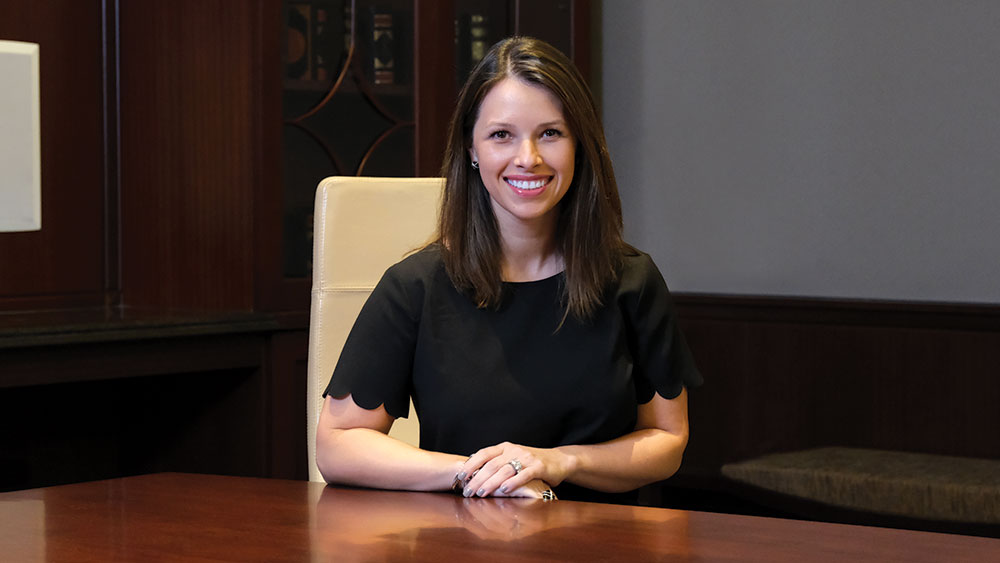
Dr. Shields puts her forensic odontology skills to use in a wide variety of situations, including disaster relief efforts and legal proceedings. However, she still considers the patients she serves at her general practice to be her main focus.
NP: Dr. Shields, you’ve given us a wonderful overview of the rewarding — and interesting — aspects of working as a forensic odontologist. Do you have any tips for dentists who might receive requests related to identification cases, or who might find themselves in communication with a forensic odontologist trying to solve a case? How can they help you do your job successfully?
MS: First, I would say to be prompt when providing records to law enforcement. Oftentimes, when coroners request dental records, there are family members anxiously awaiting the results of the investigation. The case that Glidewell Laboratories helped me solve was a prime example. That took place in just one day: I went from having no dental records to a positive identification within a matter of a few hours. That was largely thanks to the willingness of Glidewell to go above and beyond to bring answers to those who really needed them. It was the kind of stellar response we always hope to get when we ask for assistance.
My other tip would be that when you’re providing dental records, provide all of them, not just the radiographs. A referral to an endodontist or a prescription for a BruxZir crown might not seem relevant for a dental identification, but every bit of information can be helpful to the forensic dentist.
A referral to an endodontist or a prescription for a BruxZir crown might not seem relevant for a dental identification, but every bit of information can be helpful to the forensic dentist.
NP: Thank you so much for your time, Dr. Shields. We wish you the best of luck.
MS: It’s been a pleasure. Thank you.

